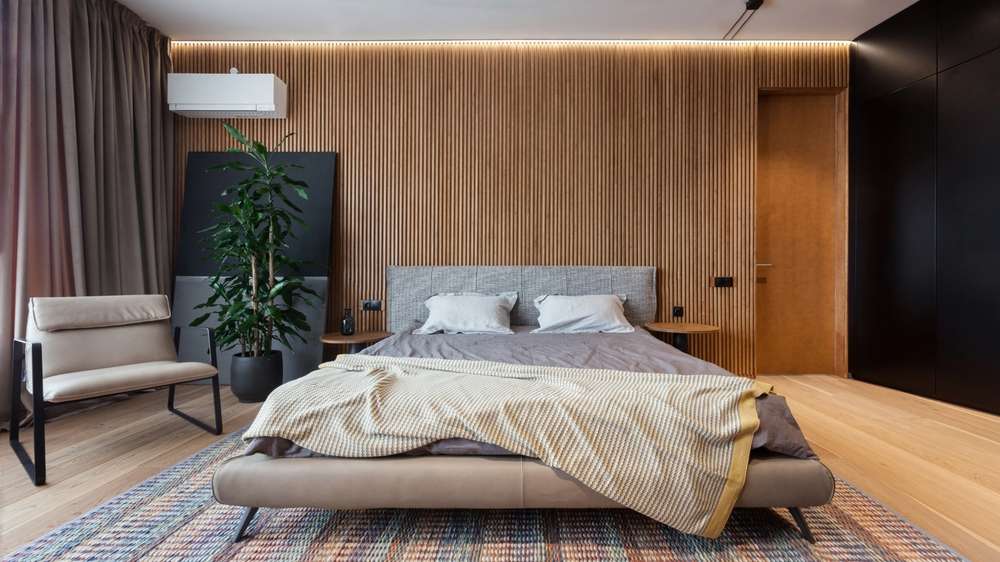Mixing textures and materials for layered, resilient interiors
A layered, resilient interior balances aesthetics and everyday use by combining varied textures and materials in thoughtful ways. In a living area, this approach supports circulation and zones while boosting comfort and acoustic performance. Consider how layout, furniture placement, lighting, and storage work together with textures and materials to create a cohesive, durable space that meets multifunction and sustainability goals.

Textures and materials
Mixing textures and materials begins with a clear material palette that pairs durable finishes with softer surfaces. Hard materials like stone, metal, and engineered wood offer resilience and easy maintenance, while fabrics and rugs introduce tactile warmth and acoustic dampening. When selecting upholstery, curtains, and area rugs, consider abrasion resistance, cleanability, and how surfaces age. Natural fibers and recycled materials can support sustainability without sacrificing durability; combining matte and glossy finishes adds visual depth and prevents the room from feeling flat.
Layout and flow
A deliberate layout directs circulation and defines zones without relying solely on furniture. Orient seating to support conversation and sightlines, leaving clear paths for circulation between entry points and functional areas. Rugs, ceiling treatments, or changes in flooring texture can subtly delineate zones—reading nook, media area, or play corner—while preserving flow. Scale is crucial: oversized pieces can disrupt flow, while too-small items fragment zones. Aim for a balance that allows multifunction use, with pathways typically 60–90 cm (24–36 in) for comfortable movement.
Furniture and scale
Furniture choices anchor a layered interior. Mix materials—upholstered sofas with wooden or metal side tables—to create contrast and resilience. Pay attention to scale so pieces relate proportionally to each other and to the room: low-profile sofas can make a small space feel more open, while taller shelving contributes vertical storage without overcrowding floors. Ergonomics matter for comfort and longevity; choose seating with proper support and tables at usable heights. Modular or multifunction furniture supports adaptability for changing needs without sacrificing a cohesive look.
Lighting and acoustics
Layered lighting complements materials and textures while improving usability. Combine ambient, task, and accent lighting to highlight tactile surfaces and to adapt to different activities. Textured wall finishes and soft textiles help absorb sound, improving acoustics in lively spaces. Hard floors and bare walls can create reverberation; counter this with rugs, upholstered panels, or bookcases to modulate sound. Thoughtful placement of fixtures enhances both the mood and functionality of zones, reinforcing circulation patterns and material contrasts.
Storage and multifunction
Integrated storage keeps a layered interior resilient over time. Built-in shelving, concealed cabinets, and multiuse pieces like ottomans with storage maintain visual calm and protect softer textures from wear. Use materials that tolerate frequent handling—laminated surfaces, treated woods, or metal hardware—for high-use storage. Storage solutions can also define zones: a low console can separate a media area from seating while providing surface texture and material contrast. Designing for multifunction means planning furniture and storage that support different activities without compromising ergonomics or flow.
Comfort, ergonomics, and sustainability
Comfort and ergonomics are the connective tissue between materials and daily life. Prioritize seating with supportive cushioning and breathable fabrics to manage temperature and wear. Combine tactile fabrics with durable base materials—removable cushion covers on a sturdy timber frame, for example—to extend usability. Sustainability choices, such as certified woods, recycled textiles, and low-VOC finishes, reduce environmental impact while contributing to a healthy interior. Durable, repairable materials and a flexible layout encourage longevity, helping the space remain resilient as needs evolve.
Conclusion
A layered interior that mixes textures and materials balances durability with comfort by aligning layout, furniture, lighting, acoustics, storage, and ergonomics. Thoughtful scale, clear circulation, and well-defined zones make a living area adaptable and resilient, while sustainable material choices and multifunction solutions support long-term use. Intentional contrasts—rough with smooth, matte with polished—create visual interest without compromising the practical demands of everyday life.





